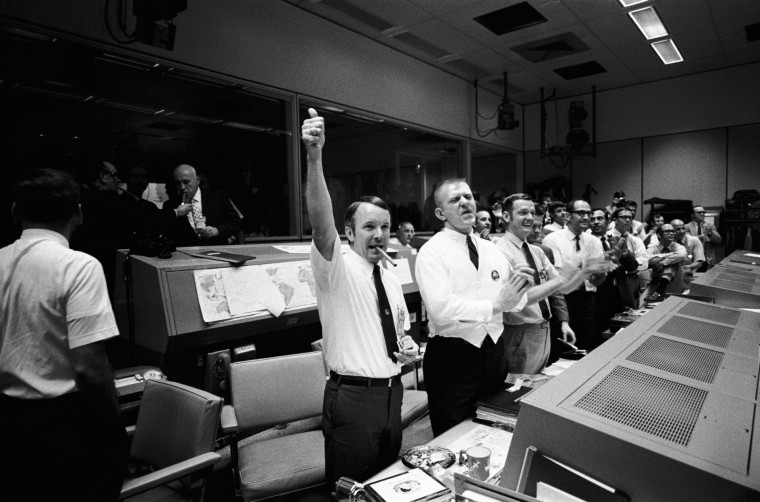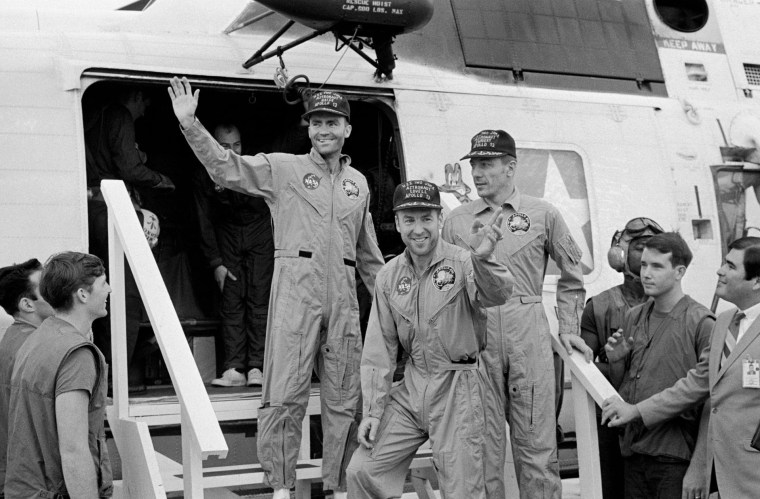
Space
'Houston, we've had a problem': 50 years after Apollo 13's near-tragedy
Apollo 13 was supposed to be NASA's third lunar landing mission but an oxygen leak necessitated an emergency return home.

Original crew
Members of the original Apollo 13 crew, from left, commander Jim Lovell, command module pilot Ken Mattingly, and lunar module pilot Fred Haise pose in December 1969.
Days before the mission, the crew was inadvertently exposed to German measles. Mattingly had no immunity to the virus and was replaced by backup command module pilot, Jack Swigert.


The moon landing that never was
An artist's conception from March 1970 shows Lovell and Haise exploring the surface of the moon. Behind them is the lunar module.
But the lunar landing was not to be. Instead, some 56 hours into the Apollo 13 mission, on April 13, 1970, oxygen tank No. 2 exploded, causing oxygen tank No. 1 to also fail. The command module's normal supply of electricity, light, and water was lost as they flew more than 200,000 miles from Earth.
Swigert saw a warning light that accompanied the bang and radioed mission control: "Houston, we've had a problem here."

Working on a rescue
Astronauts and flight controllers monitor the console activity in Mission Control on April 14.
Seated, left to right, are control room guidance officer Raymond Teague and Apollo 14 astronauts Edgar Mitchell and Alan Shepard. Standing, left to right, are scientist-astronaut Anthony England and backup Apollo 14 crew members Joe Engle, Eugene Cernan, and Ronald Evans.
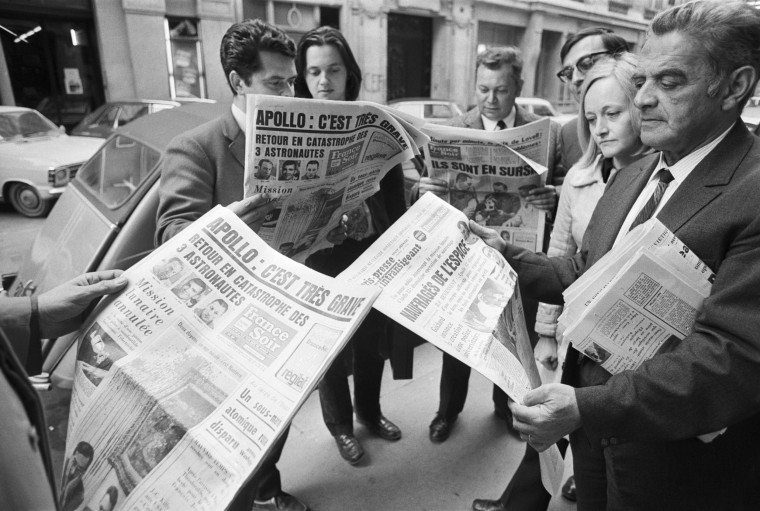
The news in France
Parisians stop on the sidewalk to read about the Apollo 13 accident.
The aborted mission went from being so humdrum that none of the major U.S. TV networks broadcast the astronauts’ show-and-tell minutes before the explosion, to a life-and-death drama gripping the entire world.
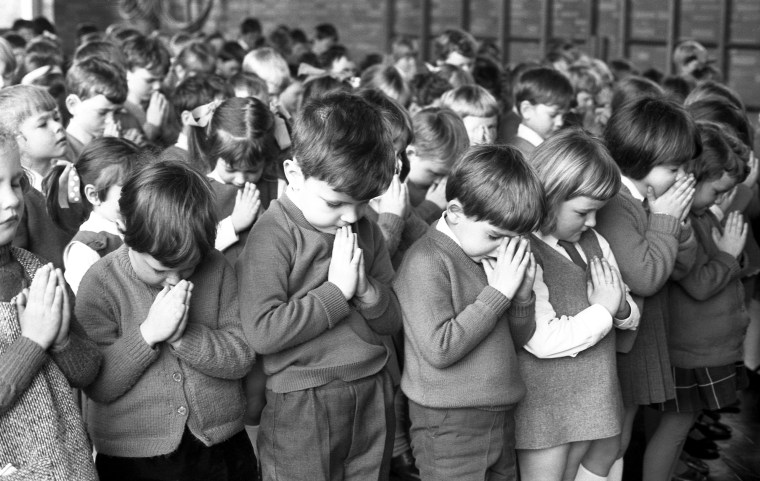
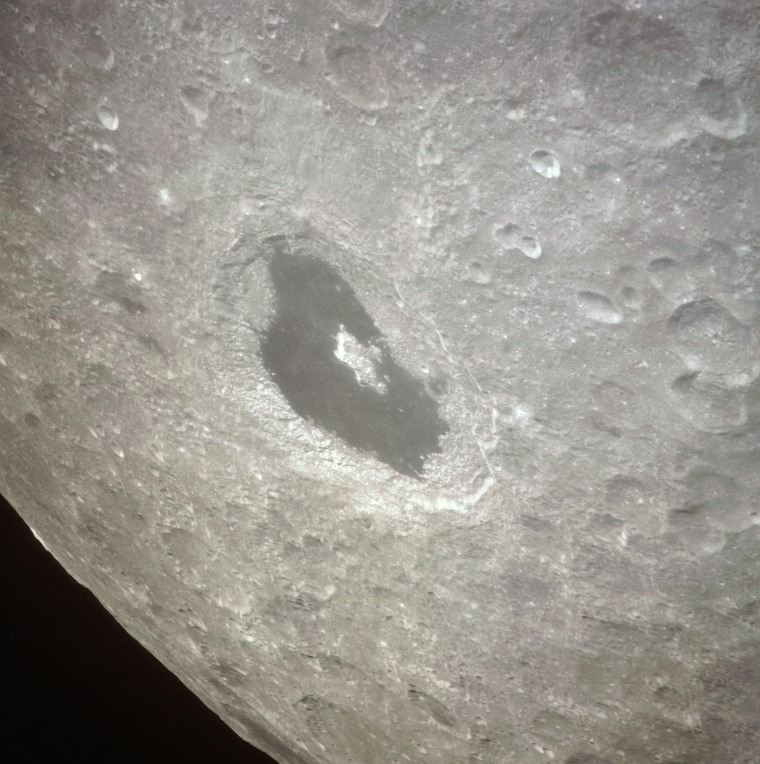
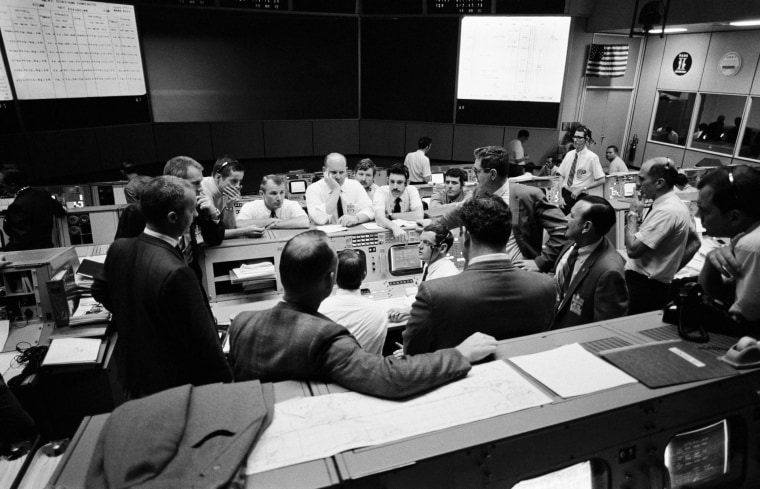
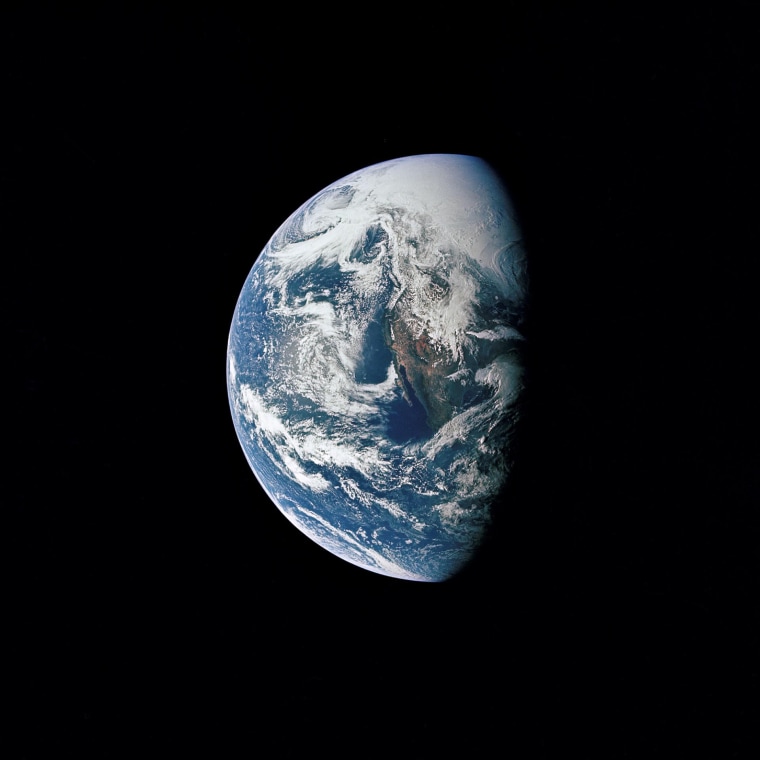
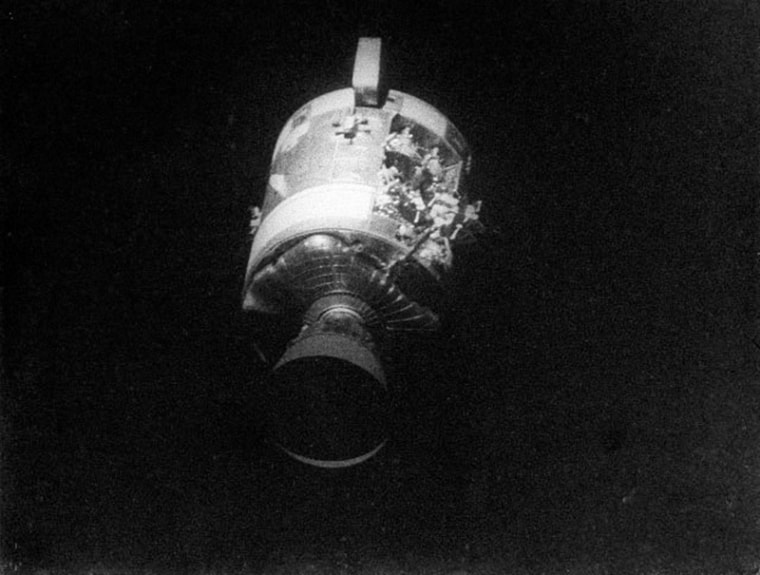
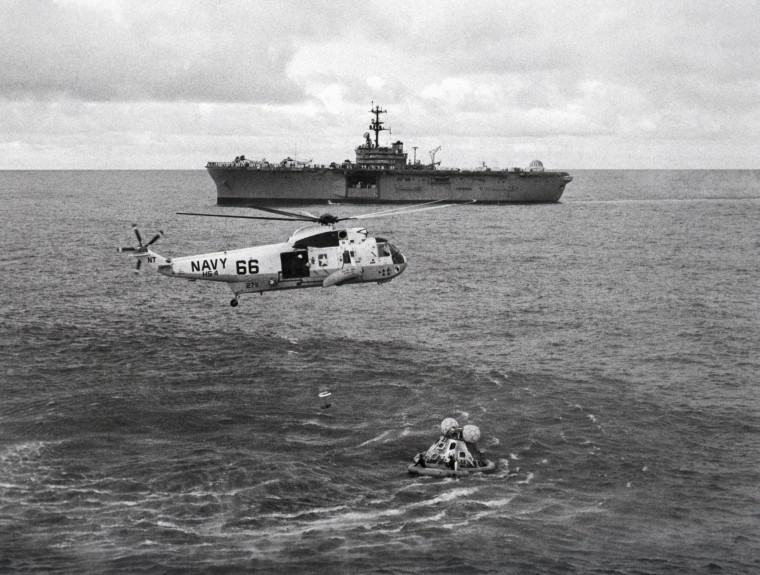
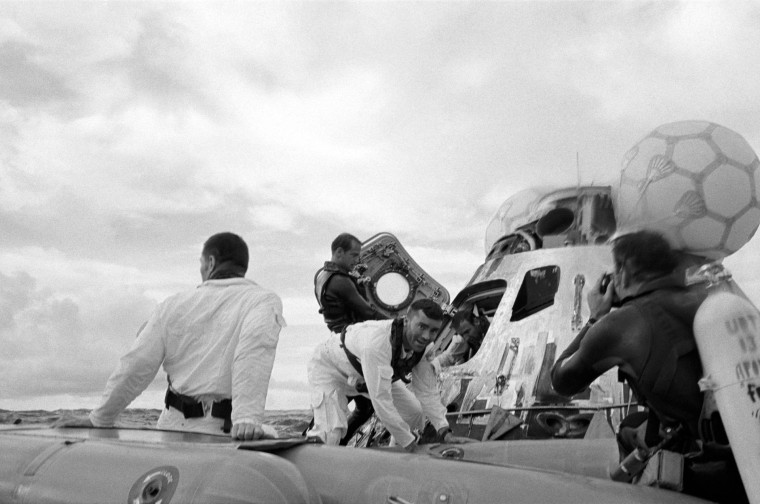
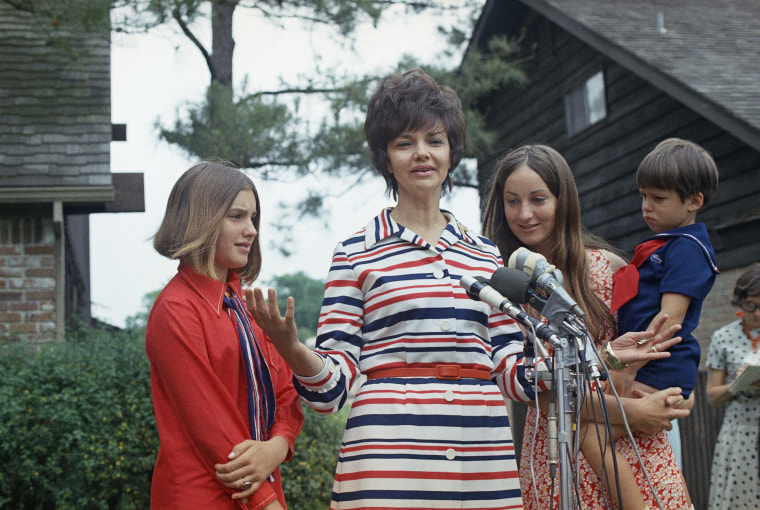
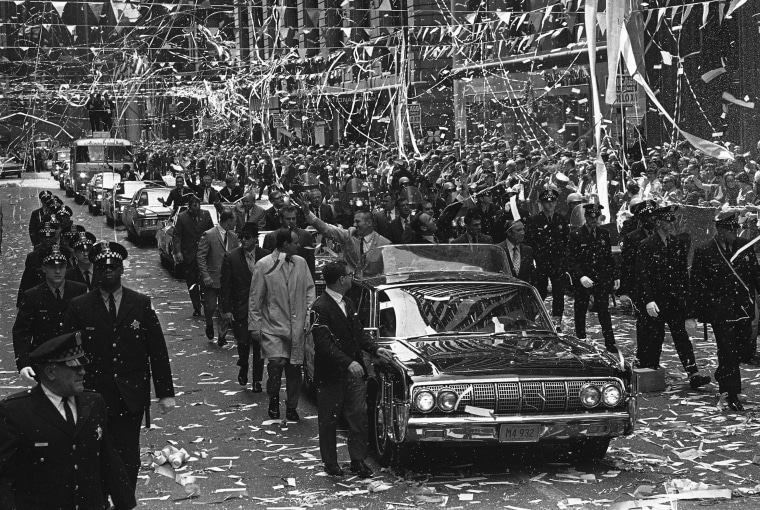
Ticker tape parade
Confetti pours from skyscrapers in Chicago's financial district on May 1, 1970, as Swigert, waving at left, and Lovell ride in a motorcade during a parade in their honor.
